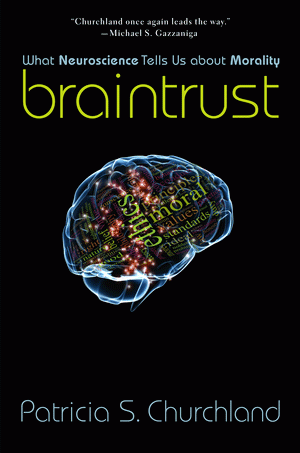Self-caring neural circuitry embodies self-preservation values, and these are values in the most elemental sense. Whence caring for others?
The compelling line of evidence from neuroendocrinology suggests that in mammals, and possibly birds, caring for others is an adaptation of brainstem-limbic circuitry whereby what counts as 'me' extends to include offspring—'me and mine'. Oxytocin is at the hub of the intricate network adaptations. In some species, strong caring for the well-being of others may extend also to include kin or mates or friends or even strangers, as the circle widens.
Two additional interdependent evolutionary changes are crucial for mammalian sociality/morality: (1) modifications to the reptilian pain system that, when elaborated, yield the capacity to evaluate and predict what others will feel, know and do, and (2) learning, strongly involving imitation, linked to social pain and social pleasure that regulates the acquisition of the clan’s social practices and the emergence of a conscience tuned to these practices.
Social problem-solving, including policy-making, is probably an instance of problem-solving more generally, and draws upon the capacity, prodigious in humans, to envision consequences of a planned action. In humans, it also draws upon the capacity for improving upon current practices and technologies.
Unlike other mammals, humans have developed highly complex language, and highly complex cultures. This means that our sociality, and consequently ours systems of ethical values, have become correspondingly complex.



